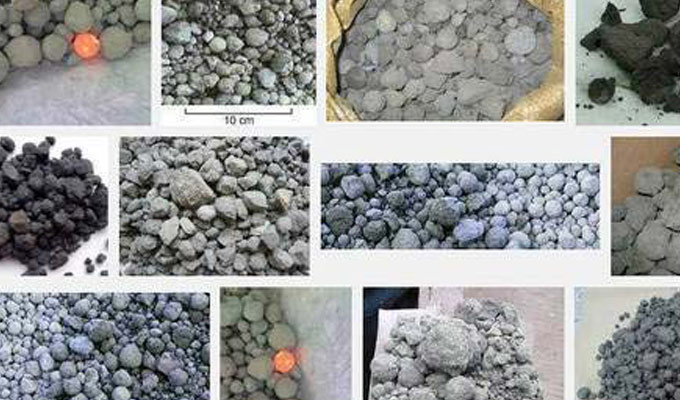What are the Types of Cement Clinker

Clinker is a nodular material which is produced in the kilning stage during the production of cement. It is used as a binder in many cement products. Clinker nodules are around 3-25 mm in diameter and dark grey in colour. Limestone and clay is heated to about 1400oC-1500oC in the rotary kiln to produce clinker.
We may need to know the total area covered by our stairs for various reasons. It can be for putting a carpet or maybe replacing the hardwood. It may seem like a daunting task, but actually it is a surprising simple set of calculations. We require a bit of measuring and some easy mathematics.
Types of Clinker There are five different special types of cement clinker
1. Surface Resistant Clinker – It contains 76% alite, 5% belite, 2% tricalcium aluminate, 16% tetracalcium aluminoferrite, and 1% free calcium oxide. Its production has decreased in recent years as sulfate resistance can be easily achieved by using granulated blast furnace slag in cement production.
2. Low Heat Clinker – It contains 29% alite, 54% belite, 2% tricalcium aluminate and 15% tetracalcium aluminoferrite with very little free lime. It is no longer produced as cement produced from ordinary clinker and ground granulated blast furnace slag has excellent low heat properties.


